|
21st March 2021 It's a Sunday lunchtime and I'm logged on to my PC in the living Room and signed into Board Game Arena. The first game of the day was Takenoko, a game about gardening in Japan... and pandas. Caveat: We played this game online, but I own a physical copy which I've set up for the photos. What's in a game?
All of the cartoon-like art is uniformly bright, colourful and appealing, even the rulebook is filled with it. It shows a nice touch. Finally I'll add that there's a giant sized Takenoko that was released a while back. How's it play? Setup
On to play After a starting player is chosen, play proceeds clockwise.
Actions
Some actions do not count towards the usual 2 action limit. The active player can carry out any number of free actions at any time during their turn.
Endgame The endgame is triggered after someone has played a certain number of objective cards, dependant on the number of players. The player that triggered the endgame immediately take the Emperor card and conclude the rest of their turn normally. Then continuing in clockwise order, every other player has one more turn. After this, scores are tallied, highest score wins. Overall
Firstly I'll mention how the game is uniformly nice, presentation is excellent and component quality is good, nothing to criticise here. Since there are always objectives to work towards in Takenoko, there are generally always meaningful decisions to make. The game's player interaction comes from conflicting objectives such as one player getting the gardener to grow bamboo and another getting the panda to eat it. This is also a game about recognising opportunities and adapting to the card and plot tiles you draw and to a lesser extent the results from the weather die and not about strategizing too much. There is some strategy regarding the uneven distribution of bamboo (Generally objectives that involve the less common bamboo score more points.) but that's about it. I suppose there could be a high level strategy where you watch what other players are doing and try to anticipate what objectives they're going for and try and scupper them but you'll probably scupper yourself as well in the end. Optimising your actions per turn seems to be very important. Takenoko is a relatively simple and straightforward game to play, the concepts behind it should make it a fairly accessible crossover game. For dedicated gamers there might not be enough meat on the bone to satisfy them though. Ultimately Takenoko is a light somewhat gentle game that you shouldn't take too seriously if you play it. If you want something heavy on strategy and direct interaction, it's probably not the game for you. However, if you're in the mood for an undemanding game, it's a reasonable diversion.
0 Comments
Leave a Reply. |
AuthorI play, I paint. Archives
March 2024
Categories
All
|

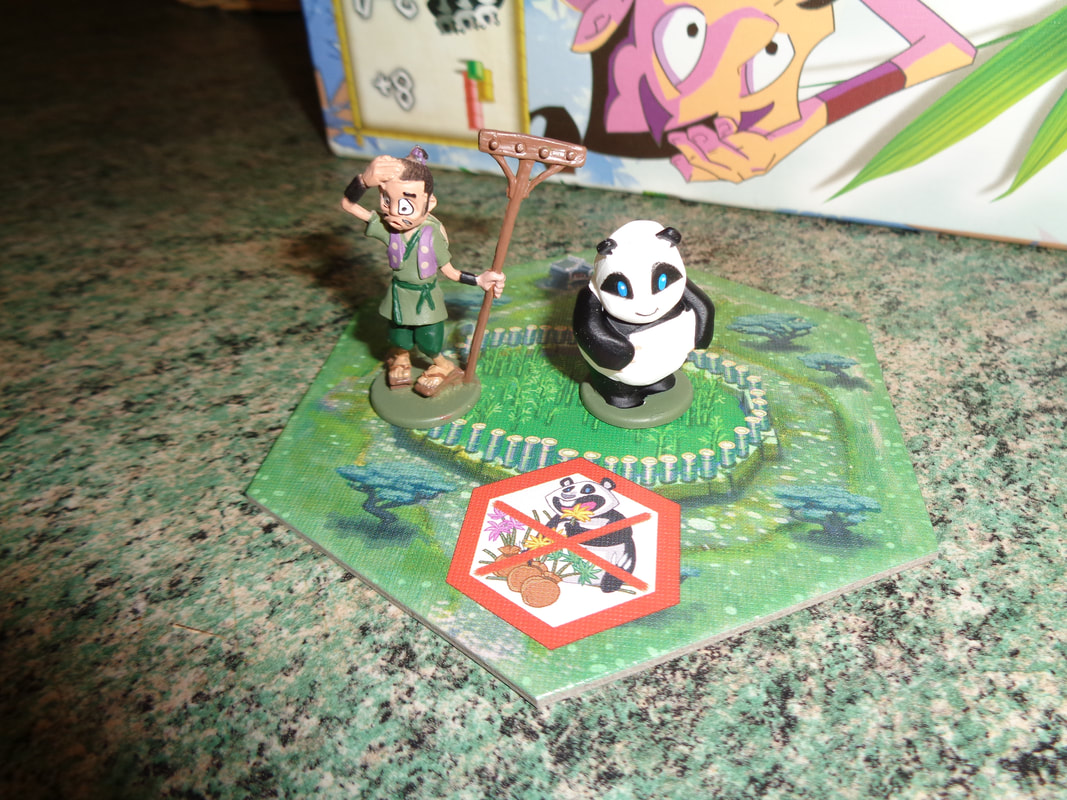
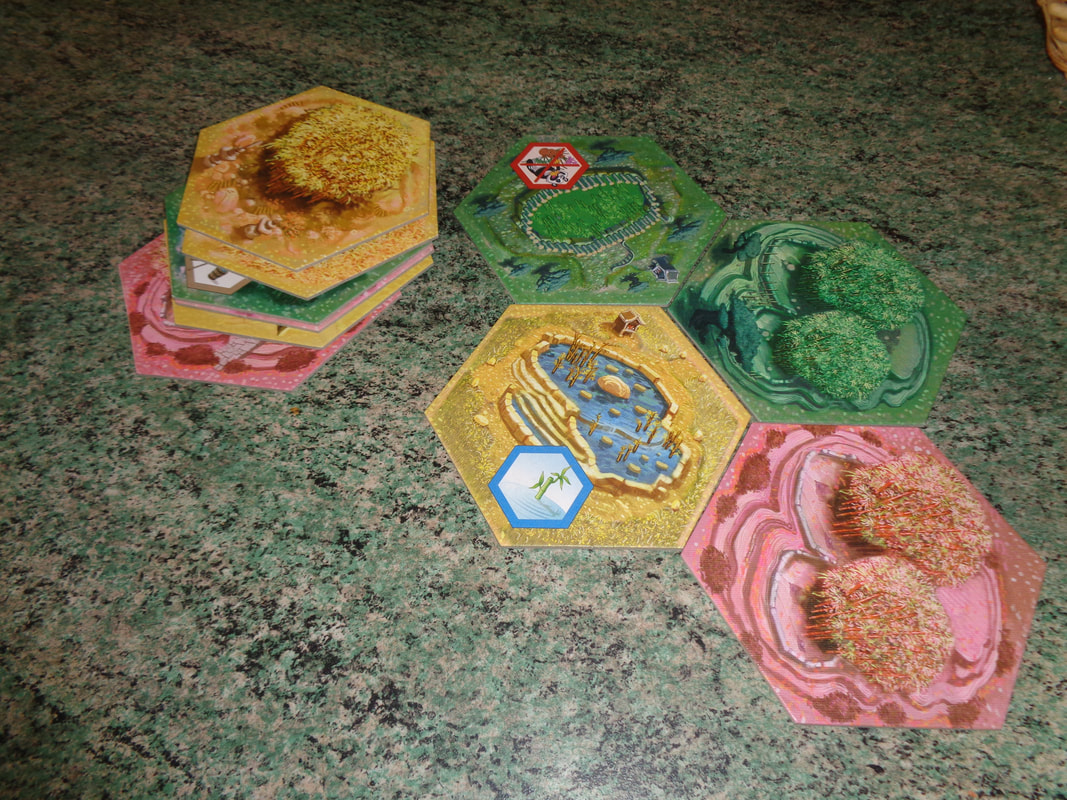
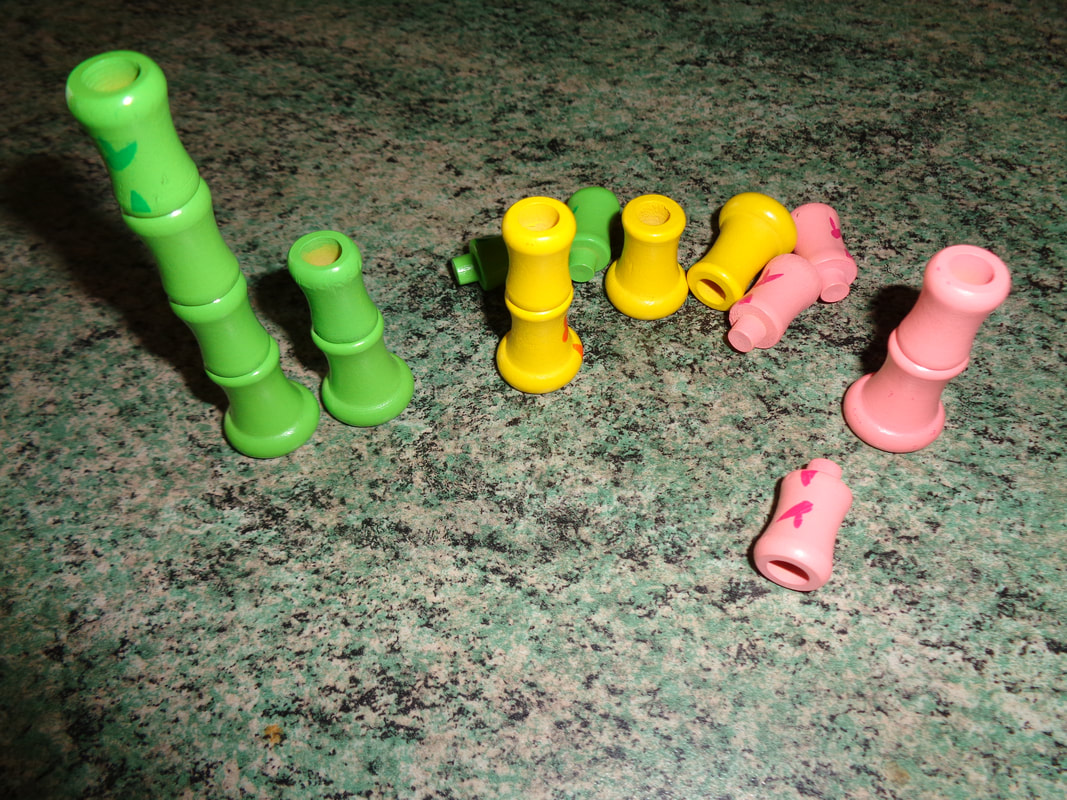
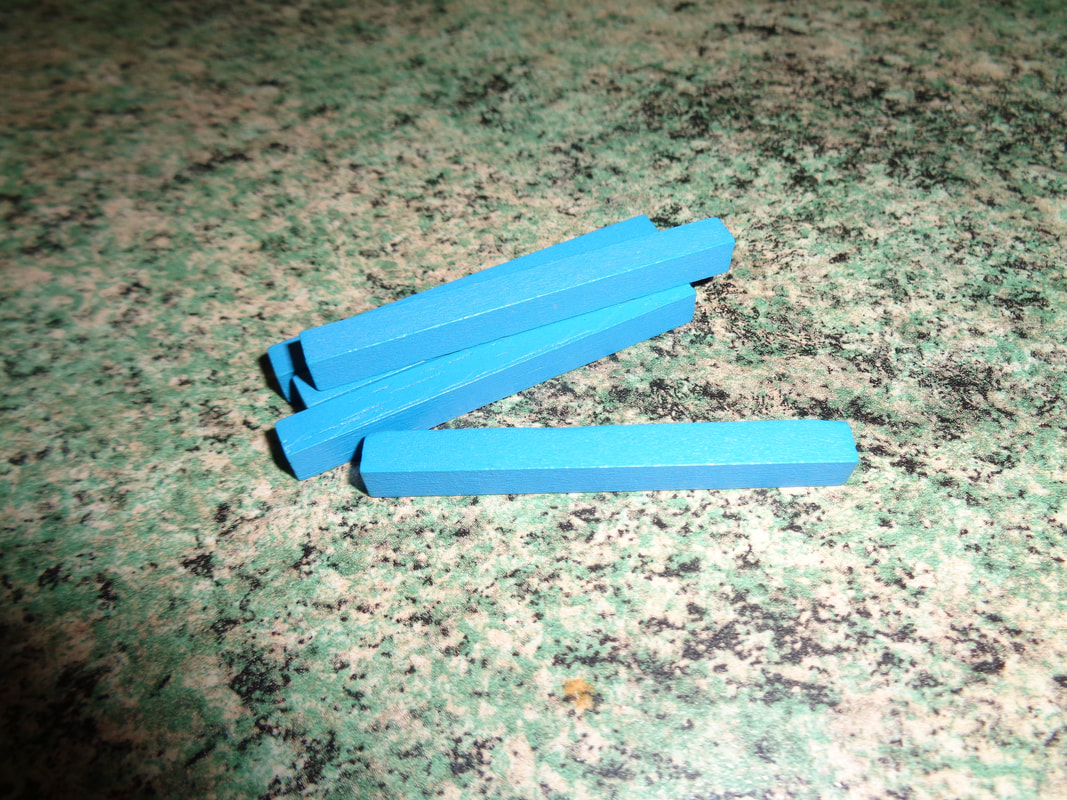
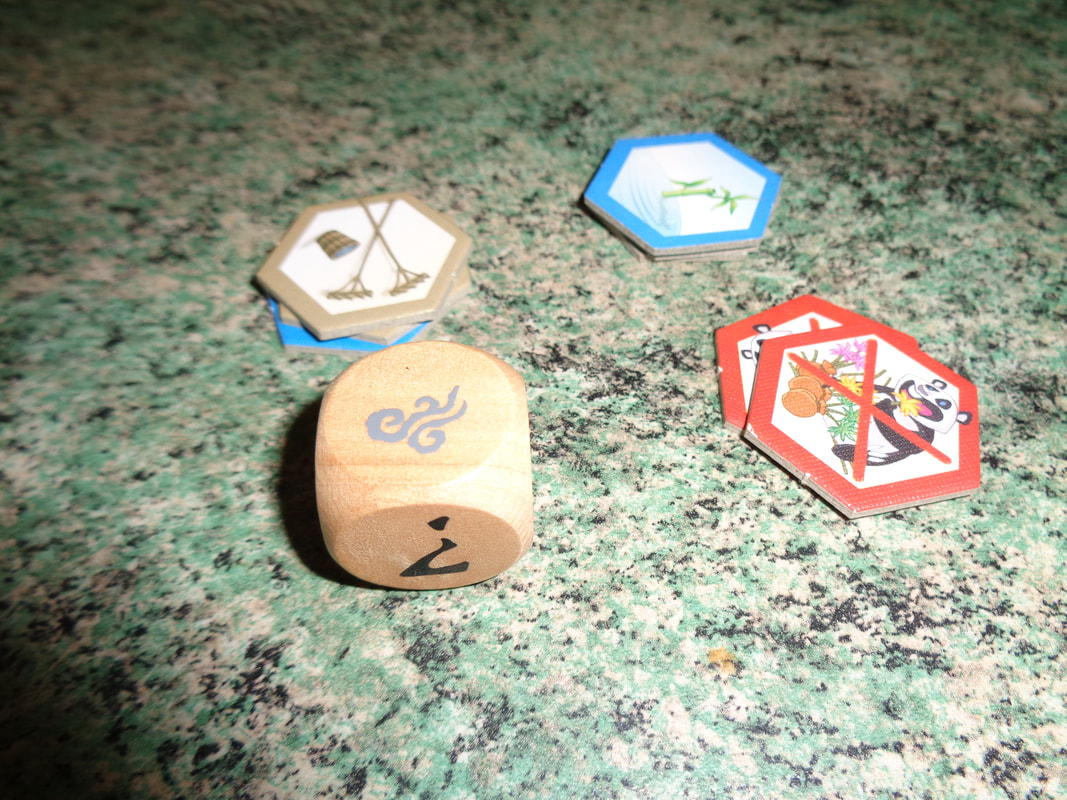
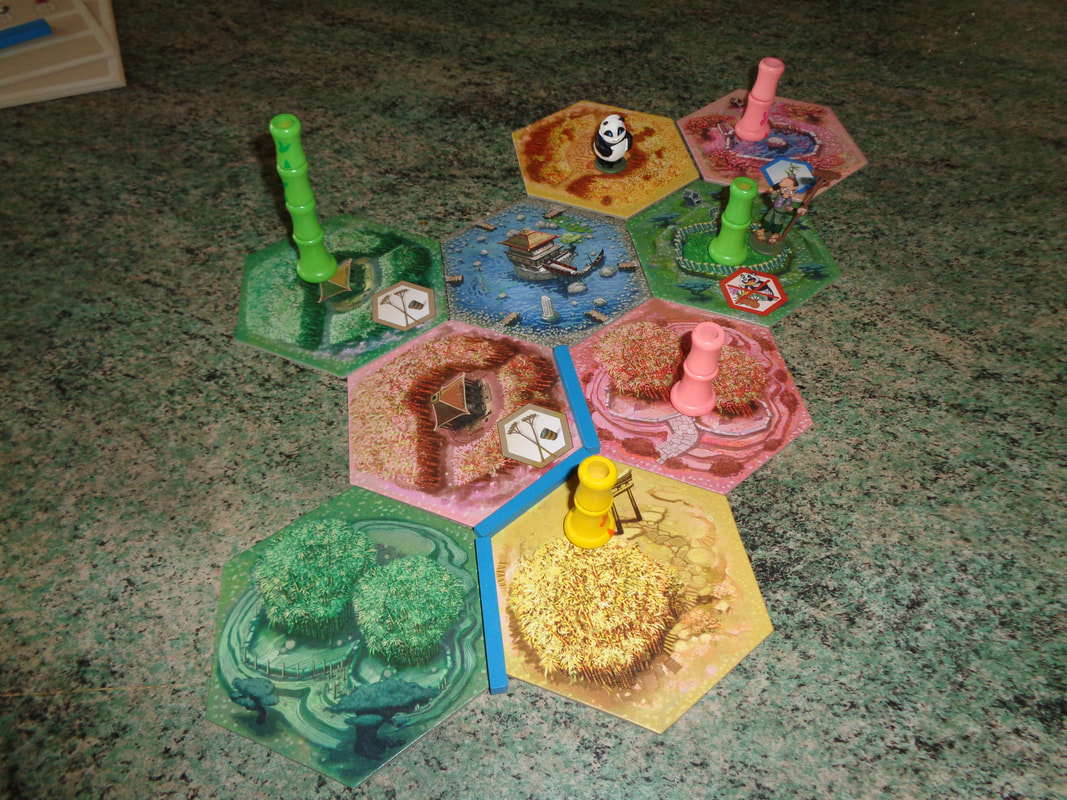

 RSS Feed
RSS Feed
